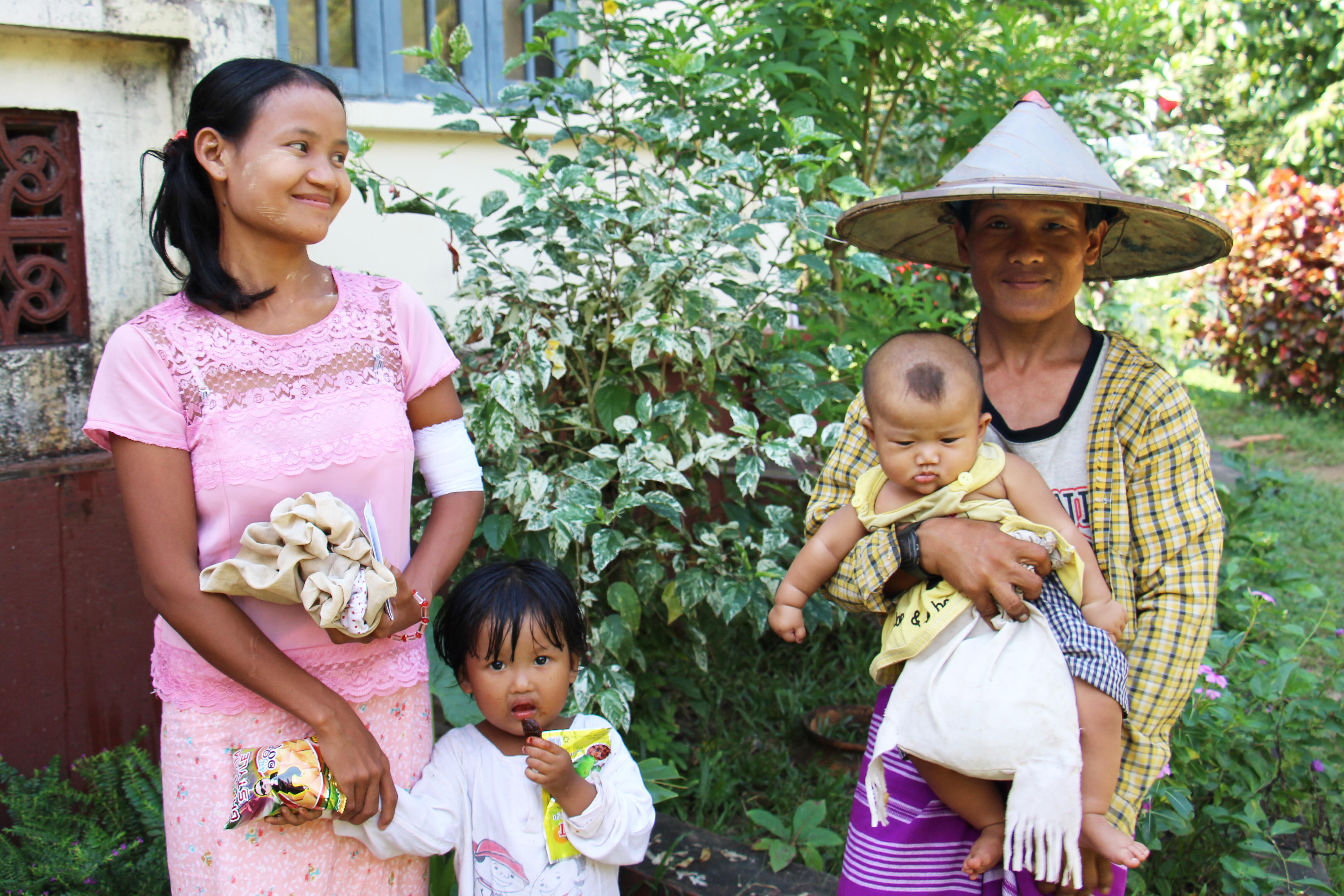This statement marks the Myanmar launch of UNFPA’s State of World Population report on 17 October 2018.
Can women and couples in Myanmar choose the number of children to have and when to have them?
By their very nature, rights apply to everyone, everywhere, regardless of whether they are rich or poor, urban or rural, educated or not. However, reproductive rights, which are about the most fundamental and intimate aspects of life, are not available to all. Family planning information and choices are limited for far too many women.
This means that there are still millions of women in Myanmar who are having more—or fewer—children than they would like, with implications not only for individuals and families, but also for communities, institutions, the labour market, the economy, and the entire country.
***
Some of the reasons people cannot have the number of children they want relate to the health system and a lack of access to contraceptive choices. Others stem from economic sources, including low incomes and an absence of childcare. Gender inequalities too deprives many women of the power of choice, causing them to have more or fewer children than they might choose themselves.
The extent to which couples and women have the power to make their own decisions about whether and when to have children, and how many children to have, has a direct impact on fertility levels, maternal deaths and women’s empowerment. Globally, fertility ranges from less than 2 births per woman in developed countries to about 4 in the least developed countries.
In Myanmar, the total fertility rate in Myanmar is 2.5 children per woman, and on par with ASEAN averages. However, data from the 2014 census tell a very different story: Married women in Myanmar give birth to 5 children on average. And again, that average obscures great differences between states and regions, and between urban and rural areas. These differences are partly there because contraceptives are not readily accessible, and they go hand in hand with social and economic inequities.
***
When individuals start to see that planning their families can mean greater well-being for themselves and their children, and when they have the genuine option to choose, the result tends to be that fertility levels decline. This, in turn, means that fewer women die in childbirth, the number of unsafe abortions drop, and gender equality rises. In this sense, fertility levels are an important indicator of a country’s progress towards the full realization of reproductive rights, for every individual and couple, no matter who they are, where they live, or how much they earn.
This progress includes dismantling all the barriers and inequalities that inhibit free and informed choice, whether they be economic, political, socio-cultural or institutional.
***
In 1994 the Government of Myanmar signed the Programme of Action of the International Conference on Population and Development. With this signature, the Government committed to enabling the country’s people to make informed choices about their sexual and reproductive health as a fundamental human right. This includes the means to decide responsibly the number, spacing and timing of their children.
The 2030 Agenda for Sustainable Development reinforces these principles by making reproductive rights a specific target. Today, already three years into the 2030 Agenda, Governments everywhere, including in Myanmar, must do more. More to ensure that individuals and couples have full access to family planning information and options. More to ensure that every woman can be in control of her own body and life.
In the end, progress is not to reach what we imagine is ideal fertility. Nor is this for policy to stipulate. The real measure of progress lies in the health and happiness of women and men who are free to exercise their rights and choices. Given the choice, women and couples throughout the world choose smaller families.
Janet Jackson, UNFPA Representative for Myanmar


